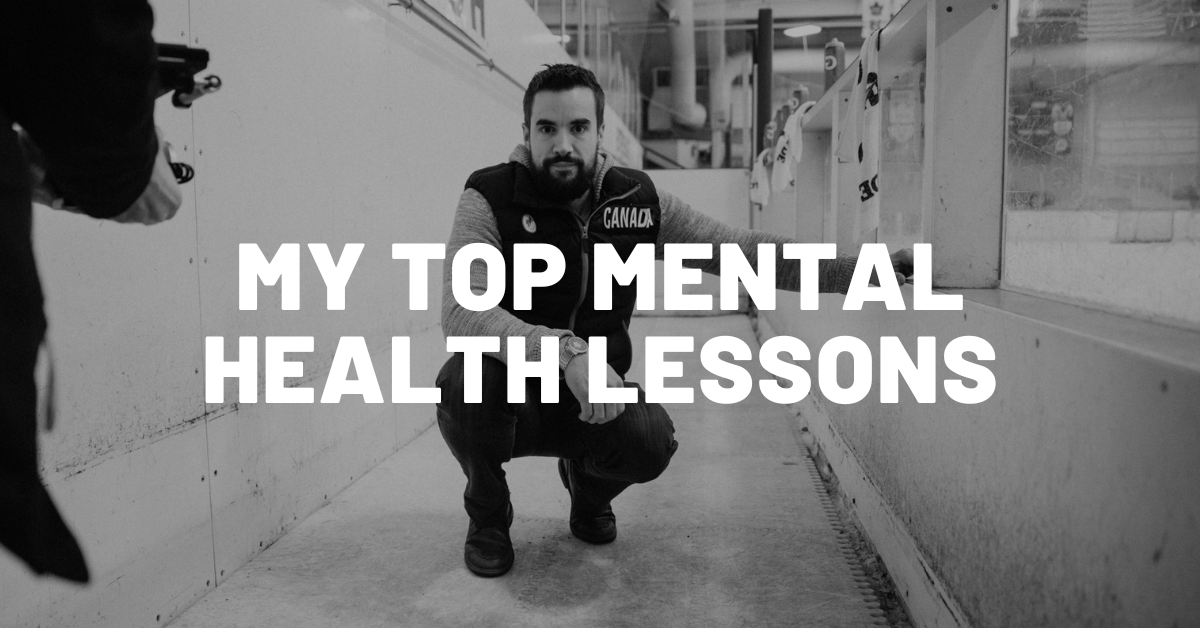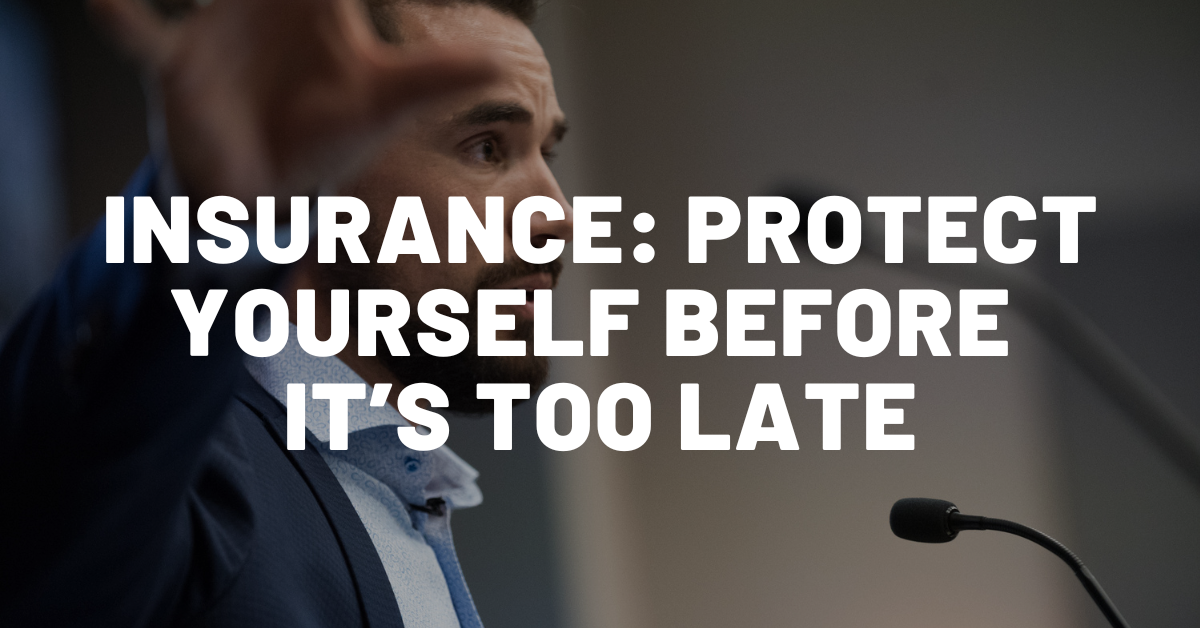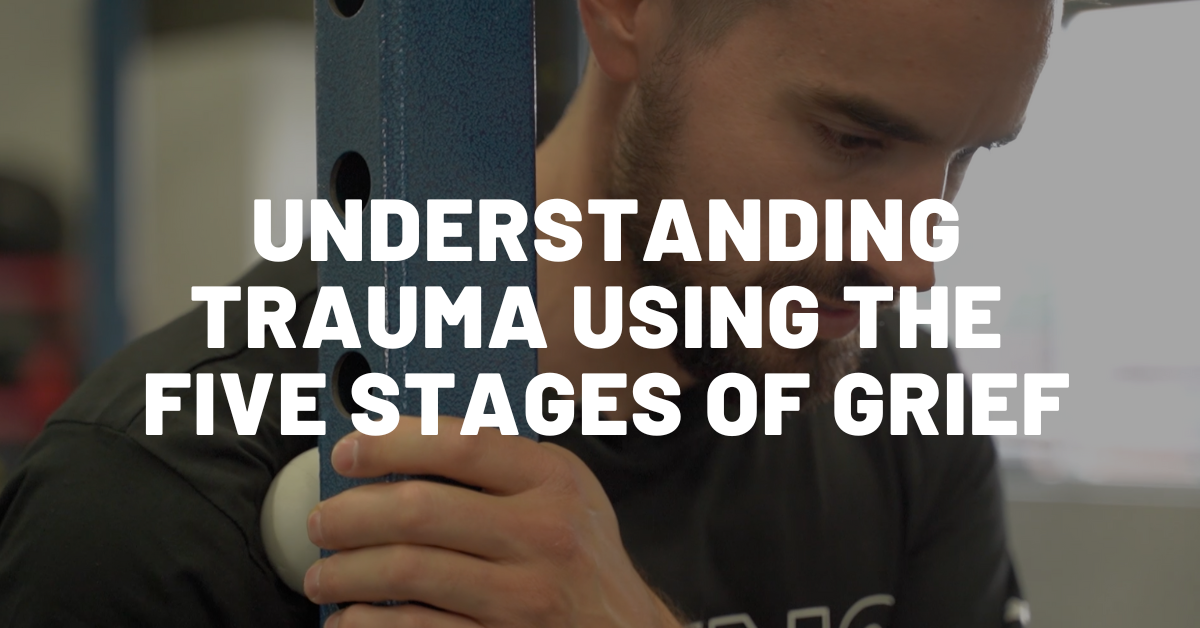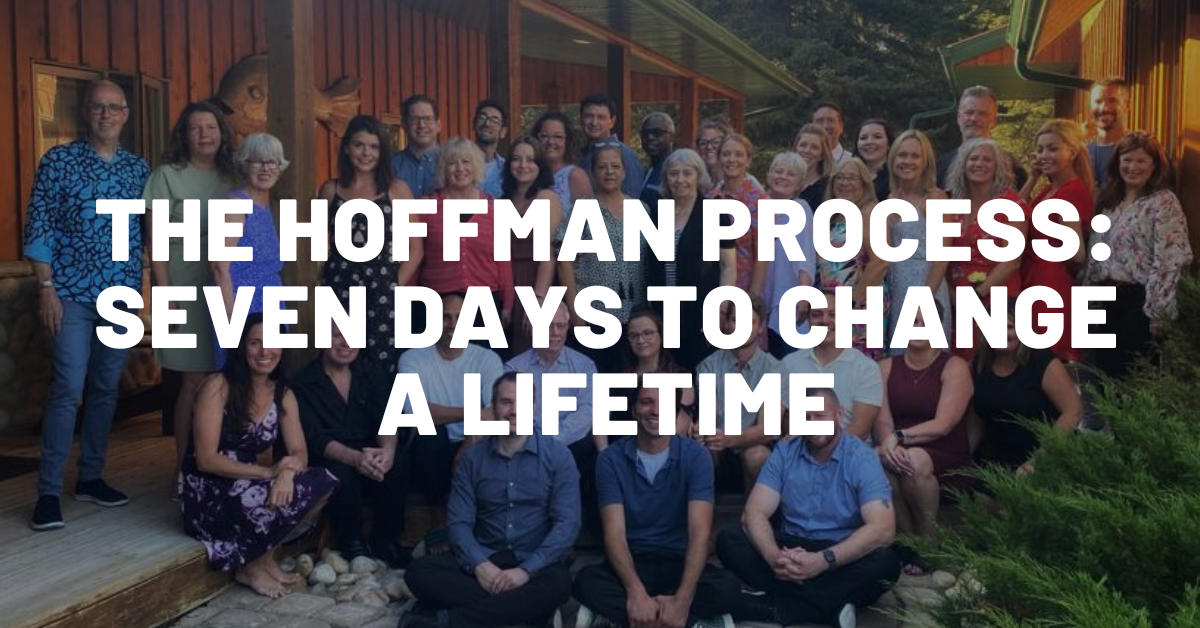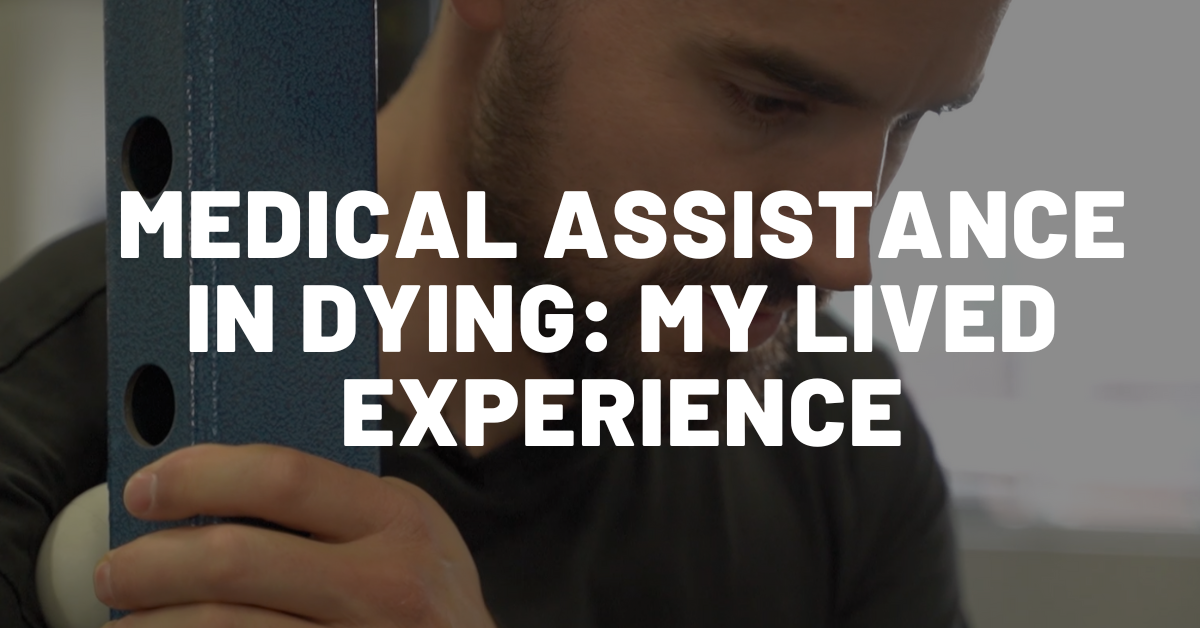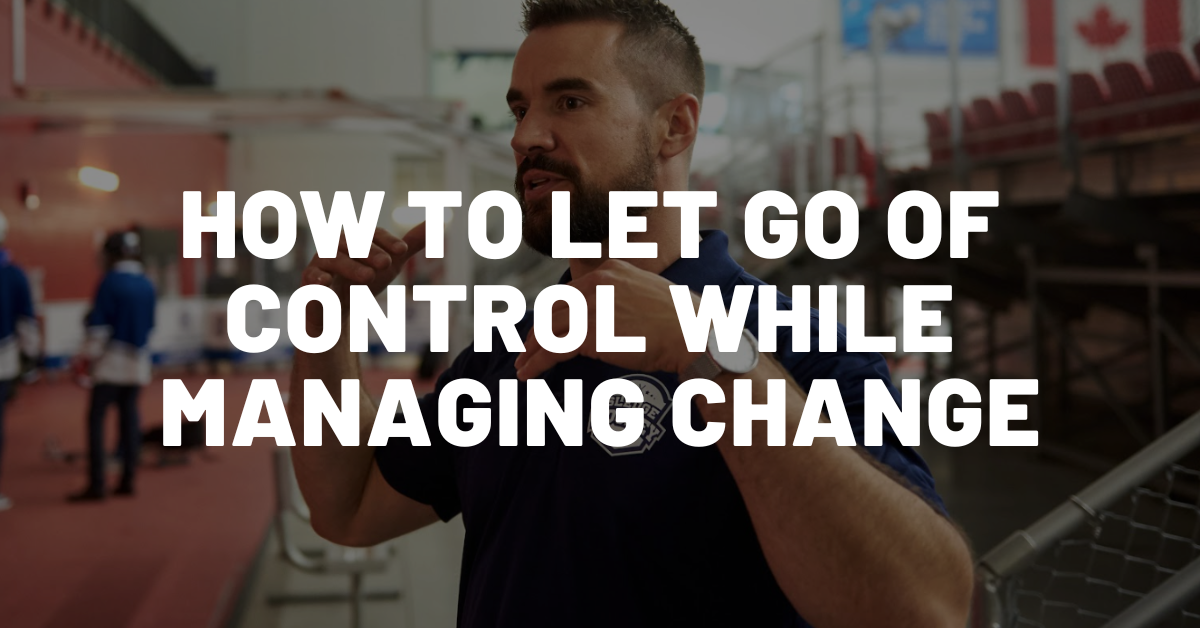One of the biggest challenges we will continue to face in 2023 is learning the ability to turn off work while working from home.
Employers often reach out seeking help in delivering a keynote or a workshop to encourage employees to create space in their calendars and prioritize self-care while balancing work life and home life.
By never disconnecting, employees can find themselves working 10, 12, sometimes 14-hour days and running into the risk of burnout as they strive to meet work demands and not let others down.
(If you are finding yourself identifying as a workaholic and need simple solutions on how to improve your work/life balance, read more here.)
So, in order to create some time and space in our day-to-day life, here are five tips to mentally make a switch and turn off work.
Prioritize YOU First
When I delivered keynotes while playing sledge hockey with Team Canada leading up to the 2014 Paralympic Games in Sochi, Russia, I would often be asked by audience members “How do you find the time to exercise when you have a busy schedule?”.
Mind you, while training full-time as an athlete, it was my job to exercise daily, however, I always had the same answer ready which was “If you don’t make the time, you won’t have the time.”
“Action expresses priority.”
– Mahatma Gandhi
When you look at your calendar, are you scheduling your personal life around your work life or your work life around your personal life?
You have to schedule YOU, first!
Inside The Resilience Toolbox, one of the primary lessons in self-care is to move your body and time block your day.
Your job is to decide where you can fit in your personal time for self-care first (exercising, reading, meditating, etc) before scheduling your day full of work and prioritizing others’ needs above your own.
(For more self-care advice, click here for 5 tips to focus on your well-being.)
By prioritizing YOU first, you will give yourself a guide when to disconnect and turn off work.
Snack Often
No! I don’t mean food in this case!
I mean try “exercise snacks”.
Dr. Matthew Stork, a health research postdoctoral fellow at the University of British Columbia’s School of Health and Exercise Sciences came up with the concept after his research in high-intensity interval training (HIIT).
The concept is that we start discovering new ways to incorporate exercise into our daily routines by practicing frequent bouts of movement throughout our day.
A snack might mean setting a timer to do 10 – 30 squats every 90 minutes.
An "exercise snack" might mean setting a timer to do 10 – 30 squats every 90 minutes. Click To TweetA snack might mean taking at least one phone call each day while going for a walk outside.
A snack might mean doing 10 push-ups before a Zoom meeting (which by the way, will help you be more alert and ready for the meeting!).
If snacking on food is a challenge for you, you may want to learn how to Control Your Diet using tools inside of The Resilience Toolbox, but if you are simply not getting up and moving throughout the day, ask yourself:
“What exercise snack can I focus on to separate my work life from my home life?”.
Leave Your House
Earlier during the pandemic, it was easy to get stuck in your home all day and never leave your four walls. Now that work from home has settled in and things are reopening, some people are still forgetting to literally leave your house!
One way to separate work life from home life is to make it a point to go run some errands. Go buy groceries. Go find a local park or trail and go for a hike.
Another idea might be to go for a scenic drive and explore some back country roads as the upcoming wintertime provides beautiful scenery.
When you leave your house it will help you mentally disconnect, and your work will still be waiting for you when you get home.
When you leave your house it will help you mentally disconnect, and your work will still be waiting for you when you get home. Click To TweetSet A Curfew
Like time blocking, this is a strategy you need to set in your calendar. When you see it visually, it can help you turn off your day.
For me, 7pm is my “shut off” time. At that time, my desktop screen shifts into dark mode.
You can do this on both a Windows and Mac computer.
It automatically changes the color tone of the screen and reduces the Bluelight, so when I unexpectedly see my screen change its colour tone, I know that it’s time for me to shut down.
The same feature is available on your cell phone to switch into dark mode, but if you aren’t a fan of this strategy, perhaps setting a daily alarm for a certain time will do the trick for you.
What trigger can you set to make the mental switch at the end of the work day and help you disconnect?
Give Yourself Space to Unplug
Do this both metaphorically and literally.
Can you find one space in your home where you have NO electronic devices?
Maybe it’s the basement.
Maybe it’s the garage.
Maybe it’s going for a drive in your car and leaving your phone at home.
When was the last time you did that?
When we disconnect from our electronic devices we give our minds a chance to relax.
When we disconnect from our electronic devices we give our mind a chance to relax. Click To TweetWe are constantly so stimulated throughout the days that our minds are always racing. If we were to take a moment to read a book, do a puzzle, journal, meditate, or do something to disconnect from our electronics, we can intentionally disconnect our work life from our home life.
(If you need help learning to create boundaries in your workspace, read here for a helpful strategy to do so.)
What does that space to unplug look like for you?
Separating work life from home life is definitely challenging.
At the end of the day, the goal is that we take personal responsibility in prioritizing our own self-care and well-being since we are no longer accountable to external schedules, events, or routines.
We must focus on what we can control and take small simple steps in our journey of developing our mental resilience.
We have the ability to make these choices.
They can be tough, but when we do, that is how we become a hero in our own movie.
—
Enjoyed this article? Here are three more to help you develop a resilient mindset:
How To Stop Saying Yes And Get Back In Control
How To Say “No” And Maintain Your Boundaries
How To Get Yourself “Back On Schedule”
—
Download your FREE copy of my autobiography, Still Standing: When You Have Every Reason to Give Up, Keep Going here.



